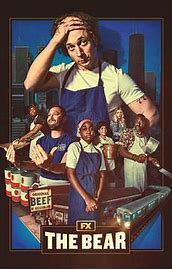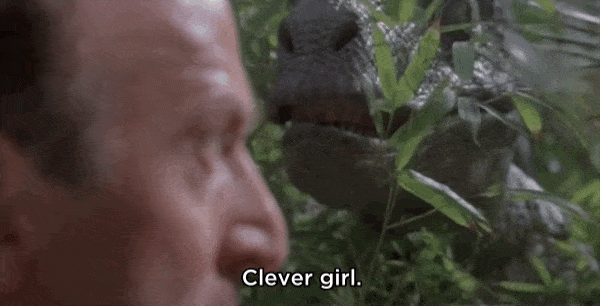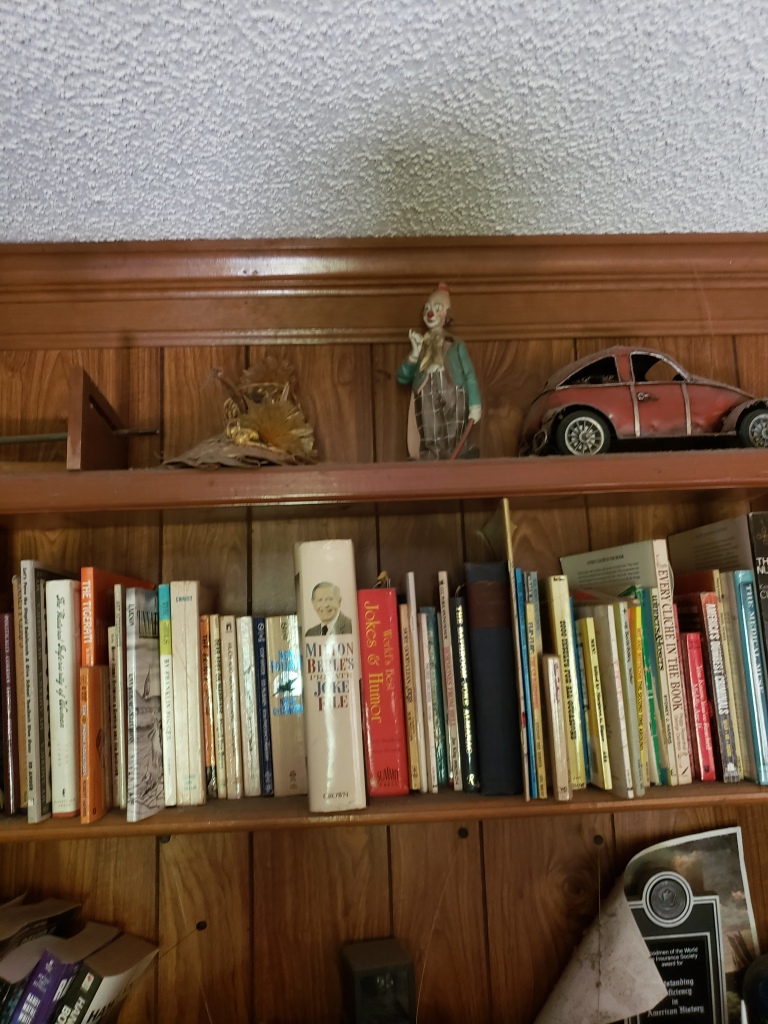My kiddo decided he wanted to read the Dogman series by Dav Pilkey when he was eight. I was not excited. Like the Super Diaper Baby books that came before it, Dogman looked gross, silly, and inane.
I have never turned down a request for a book by a child, however, and did not plan to start with Dogman. We got a copy of the first book and started reading.
Welp. I realized upon gazing at the cover that Dogman is a cop. Fuck. We started the book anyway, but I complained about copaganda. (Dogman, for the record, is not copaganda.) And to be fair, Dogman only has the body of a cop. He has the head of a dog.
We’ve now, over a year later, read every Dogman book, plus much, much more by Pilkey. Despite that inauspicious start, I am actually a bit of a Dogman connoisseur. So here is my analysis, as a teacher, a mom, and a human person.
Dogman is not for you
Unless you are an elementary school age child (get off my blog, please), Pilkey didn’t write these books for you. He wrote these gross jokes, silly characters, and zany plots for the ADHD boy he himself was. The OG frame story really reveals the tale: young boys Harold and George write and illustrate Dogman. If there are too many poop jokes and you don’t like the page flipping action, well, it was, in the fiction of the book, written by kids for kids. Eventually, the Dogman books drop the frame, so we no longer get reminded of Dogman’s authors, but that doesn’t really matter.
Lil Petey, a child character who turns out to be the heart of the Dogman series, although he doesn’t appear until Book 3, takes over from Harold and George. He makes a lot of the silly, bodily function jokes and plagues his father with endless why questions. And just so you know, Lil Petey is a cat, who eventually adopts the moniker of Cat Kid and inspires a whole spin-off series: Cat Kid Comics. Lil Petey ends up with a robot companion called 80-HD, which also speaks to Lil Petey’s– and Pilkey’s– appeal. There is something playful, subversive, and youthful about using an adult term like ADHD and reframing it to sound like a cool name for a robot.

So some of the humor, the action-packed scenes, the rambunctious pace, they are not really objects of critique; rather, they are evidence of this series’ audience. And, in all likelihood, that’s just not you.
Still, Dogman might be for you
On the other hand, I’m a grown-ass woman. And I can tell you, unabashedly, that Dogman is for me. I am a lover of cats in media, and when Petey the Cat, supervillain, makes his appearance in the first book of the series, it wasn’t hard for me to like him. To be clear, he’s definitely the bad guy. But he’s a cat, and he’s funny and clever. I’m a sucker.
And then.
One’s experience with media is linked to one’s internal life. That’s how reading works. Some texts might mean more or less to you at different times of your life, for example. For me, Petey’s story came at a time with I was grappling with grief over my dad’s death, as I tried to process who he was as a person. Petey, despite being a children’s book character, has an arc in which, first, he has a child (the aforementioned Lil Petey) (by a process of cloning– it’s part of a supervillain plot), has to figure out how to be a dad unexpectedly, and engages with his own father, who abandoned him when he was a kitten and eventually returns in the series.

I was deeply moved by the story, as my partners and my kiddo can attest. I shed some pretty intense tears over a cartoon cat. To give Pilkey the credit, he’s a gifted writer. He developed a thoughtful storyline for Petey, and the illustrations of some of the scenes as he makes realizations about his life are gorgeous.
Petey’s the best example, but he’s not the only example. There are other characters with stories that are intense and engaging; and, of course, there are others that are zany and silly.
About 80-HD
Neurodiversity plays a more significant role in the Dogman series than a surface glance might reveal. Lil Petey’s robot companion 80-HD offers one clue, and Pilkey’s notes at the end of the books are even more overt. Pilkey was an ADHD child who had a lot of trouble in school. He talks about his teachers putting his desk out in the hallway… where he happily wrote comics instead of doing his schoolwork.
It’s been a genuine pleasure to see my own ADHD kiddo laugh at the name 80-HD and experience a world where neurodiversity really is a superpower. And I’m not saying that neurodiverse brains are superpowers or taking that overly positive view, by the way. I know, from my own neurodiverse experience, that the world isn’t made for those us with different brains, and it’s very easy to take a deficit view of brain differences. It’s pleasant, though, that Pilkey doesn’t have a deficit view.
Although there are lots of good children’s books about neurodiversity, Pilkey pulls off something that is more unusual: instead of demonstrating that a neurodiverse brain, like an ADHD brain, is cool and that we should respect differences, Pilkey just makes a world where it really is great to be ADHD. This is a world where folks hyper-focus, get distracted, engage in creative, connected activities, and bond with other neurodiverse folks. Pilkey’s twist is really the opposite of a deficit model because he’s saying, see, it’s the world that’s the problem, not your brain.
Maybe that’s a thing that’s good for neurodiverse kids and adults to hear.
About copaganda
Above I parenthetically noted that Dogman is not copaganda, but let me give you my argument on that. After all, the titular Dogman is a cop. He’s not a good cop (though he’s a very good boy), but he’s a cop. That, on the spectrum of cop-centric media, is sufficient to weigh a text toward copaganda. As much as I adore shows like Monk, Elementary, and The Mentalist, they are all copaganda in that the cops are essentially good and necessary and doesn’t society really need them to hold this whole thing together?
And yeah, we kinda do. If by “this whole thing,” we mean the capitalist hellscape in which we currently exist. Cops uphold the status quo literally, as defenders of landlords and rich folks and slavery.
So why isn’t Dogman copaganda? Dogman does not reify the status quo; in fact, Dogman does not make an argument for stabilizing institutions at all. Prisons are destroyed, city halls are destroyed, plenty of objects of power and violence are demolished. In Dogman, cops don’t and can’t maintain the status quo. In Dogman, that’s not a valuable thing to even do.
And it’s not just institutions. Characters in Dogman are dynamic. Judges, cops, and mayors may turn out to be supervillains just as much as green scientists, cats, and cybernetic fish. Dogman presents to us a dynamic world in which people are capable of change. Petey begins his life in Dogman as a supervillain, and now he’s a dad and a good guy. The cybernetic fish follows a similar path from villainy to dadhood (in his case by adopting 30 psychokinetic tadpoles, as one does).
So yeah, Dogman ultimately presents a more hopeful, just world. Also, lots of poop jokes. A whole lot of poop jokes.













